Top 10 Best Social Mobile Apps in India in 2022
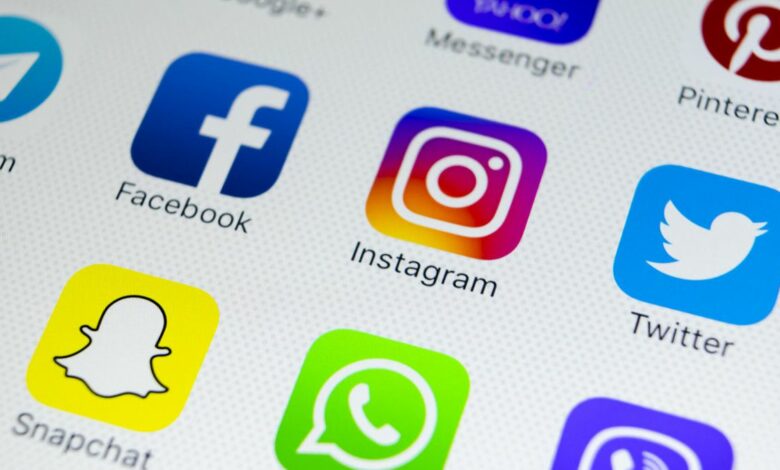
Top 10 Social Mobile Apps in India in 2022
Social media apps are interactive tools that allow people to share information, ideas, and other kinds of expression in virtual communities and networks.
While the range of stand-alone and built-in social media services currently available presents issues to the definition of social media, there are certain similar features:
Interactive Web 2.0 Internet-based apps are referred to as social media.
The lifeblood of social media is user-produced material, such as written posts or comments, digital images or videos, and data generated through all online media.
Users build service-specific profiles for the website or app, which the social media company designs and maintains.
Social media facilitates the growth of online social networks by connecting a user’s profile with other individuals or groups.
Users often use web-based programmes on their PCs or download services that bring social media features to their mobile devices like smartphones and tablets to access social media services.
As a result of their contacts with various electronic services, individuals, communities, and organisations can share, co-create, discuss, participate in, and edit user-generated or self-curated content uploaded online.
Social networking is used to keep track of memories, learn about new topics, and do research and research themes, advertise oneself and form friendships, in addition to the dissemination of ideas via the creation of blogs, podcasts, movies, and game sites.
The developing field of technological self-studies is concerned with the changing human-technology interaction. Facebook (and its related Facebook Messenger), TikTok, WeChat, Instagram, QZone, Weibo, Twitter, Tumblr, Baidu Tieba, and LinkedIn are the most popular social networking websites, with over 100 million registered members.
Popular platforms such as YouTube, QQ, Quora, Telegram, WhatsApp, Signal, LINE, Snapchat, Pinterest, Viber, Reddit, Discord, VK, Microsoft Teams, and others are occasionally referred to as social media services, depending on interpretation. Collaboration in the form of wikis is an example of collaborative content development.
Quality, reach, frequency, usability, relevancy, and permanence are just a few of the ways that social media channels differ from traditional media (e.g., print magazines and newspapers, TV, and radio broadcasts).
Furthermore, social media outlets use a dialogic transmission system, which means they send information from multiple sources to many recipients. In contrast, traditional media outlets use a monologic transmission model (i.e., one source to many receivers).
A newspaper, for example, is distributed to a large number of subscribers, while a radio station distributes the same programming to an entire city.
Digital media or digital rhetoric can now be used to depict or identify a culture, thanks to the rapid growth of the Internet. Studying how rhetoric exists in the digital realm has become a critical new task for many researchers.
Observers have witnessed a wide range of positive and negative consequences when it comes to the use of social media.
Social media can be used by corporations, entrepreneurs, non-profit organisations, advocacy groups, political parties, and governments to improve an individual’s sense of connectedness with real or virtual communities, and it can also be an effective communication (or marketing) tool for corporations, entrepreneurs, non-profit organisations, advocacy groups, political parties, and governments.
During times of political turbulence, observers have noted an upsurge in the use of social media by social movements to communicate and organise.
Check out the trending social media moible apps of 2022 below-
- YouTube
- TikTok
- Tumblr
1. Facebook
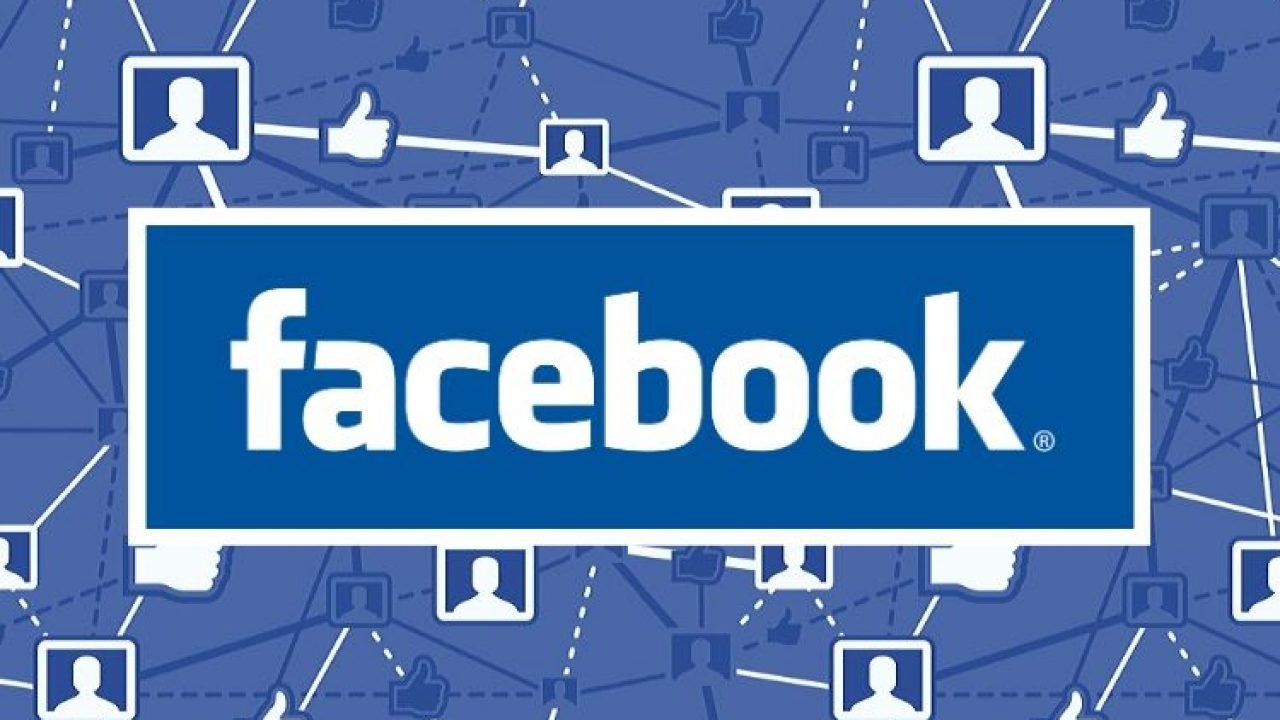
Meta Platforms own Facebook, an American online social media and social networking website. In 2004, Mark Zuckerberg founded the company with fellow Harvard College classmates and roommates Eduardo Saverin, Andrew McCollum, Dustin Moskovitz, and Chris Hughes. It gets its name from the Facebook directories regularly given to university students in the United States. Initially, membership was limited to Harvard students, but it has since expanded to accept students from other North American institutions and anybody over the age of 13 since 2006. As of 2020, Facebook had 2.8 billion monthly active users, ranking it ninth in global internet usage. In the decade of 2010, it was the most popular smartphone app.
Facebook may be accessed from any device with Internet access, including computers, tablets, and smartphones. Users can establish a profile after registration, which includes personal information. Depending on the privacy settings, they can exchange text, photographs, and multimedia with other users who have consented to be their “friend” or with the general public. Users can also use Facebook Messenger to connect directly, join common-interest groups, and receive notifications about their Facebook friends’ and pages’ actions.
User privacy (as in the Cambridge Analytica data scandal), political manipulation (as in the 2016 US elections), mass surveillance, Facebook has criticised psychological impacts such as addiction and low self-esteem, as well as content such as fake news, conspiracy theories, copyright infringement, and hate speech. Some commentators have accused Facebook of willingly promoting such content and inflating its user base to appeal to advertisers.
2. Twitter

Twitter is a microblogging and social networking service located in the United States that allows users to post and receive “tweets,” short messages. Twitter can be accessed via browser or mobile front-end applications and programmatically via APIs. Before April 2020, only SMS could be used to access services. Twitter, Inc., based in San Francisco, California, has more than 25 offices worldwide. Initially, tweets were limited to 140 characters, but in November 2017, the maximum for non-CJK languages was lifted to 280 characters. Most accounts still limit audio and video tweets to 140 seconds.
Twitter was founded in March 2006 by Jack Dorsey, Noah Glass, Biz Stone, and Evan Williams. In 2012, the service received 1.6 billion daily search requests on average, with over 100 million users tweeting 340 million times per day. It was dubbed “the Internet’s SMS” and was among the top ten most popular websites in 2013. In the first quarter of 2019, Twitter had over 330 million monthly active users. In practice, most tweets are written by a small population.
3. Instagram
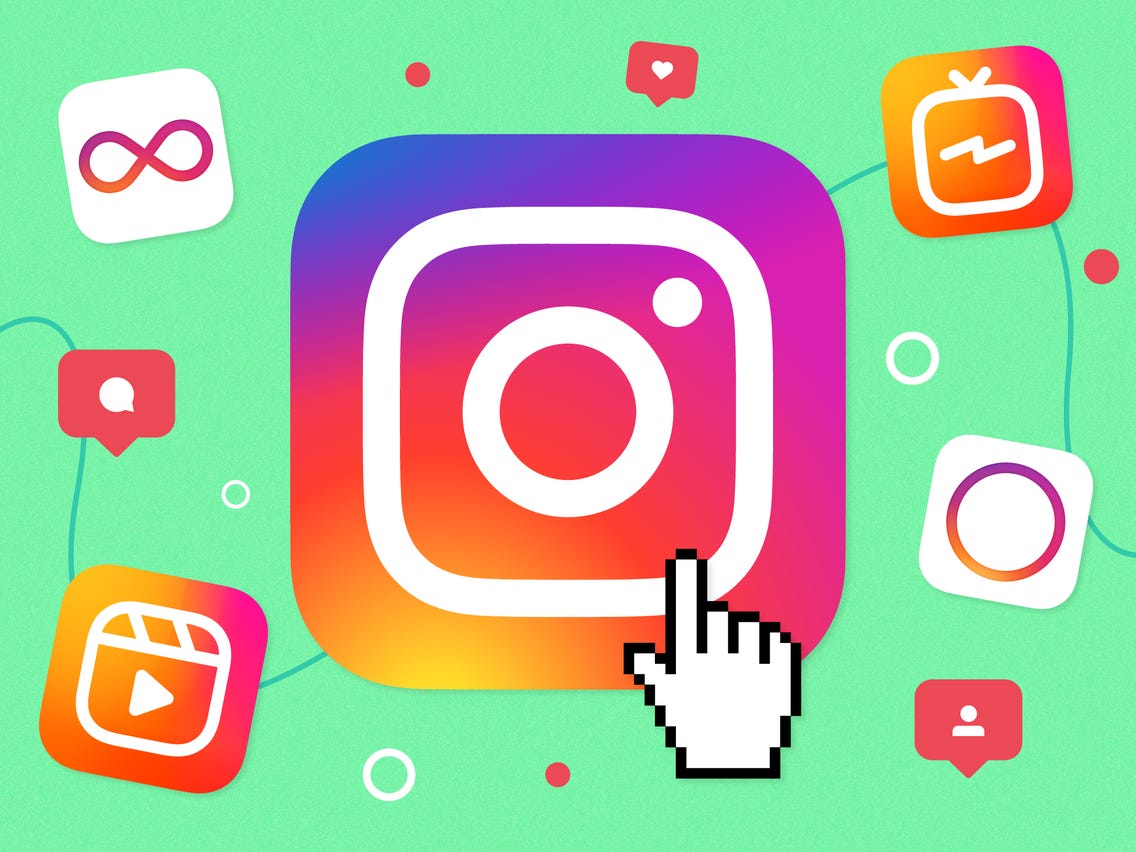
Kevin Systrom and Mike Krieger founded Instagram, a photo and video-sharing social networking site. Facebook Inc. bought the service for $1 billion in cash and equity in April 2012. Users can post pictures and videos modified with filters and categorised using hashtags and geotagging. Posts can be shared with the general public or with pre-approved followers. Users can view trending material and browse other content by tags and places. Individuals can add their material to a personal feed by liking photos and following other users.
Instagram’s first distinguishing feature was that it only permitted content to be framed in a square (1:1) aspect ratio of 640 pixels, which corresponded to the width of the iPhone at the time. The resolution was upgraded to 1080 pixels in 2015, alleviating these constraints. The site also includes texting, the ability to publish multiple photographs or videos in a single post, and a tales feature that works similarly to Snapchat’s’stories’ function and allows users to submit photos and videos to a sequential feed, with each post viewable to others for 24 hours. Five hundred million individuals utilised the Stories featured daily in January 2019.
Instagram was first published for iOS in October 2010 and swiftly grew in popularity, with one million users in two months, ten million in a year, and one billion in June 2018. In April 2012, the Android version was released, with a feature-limited desktop interface in November 2012, a Fire OS app following in June 2014, and a Windows 10 app following in October 2016. Instagram has been criticised for its influence, particularly its negative impact on teen mental health, policy and interface modifications, censorship allegations, and illegal or improper content submitted by users.
4. LinkedIn
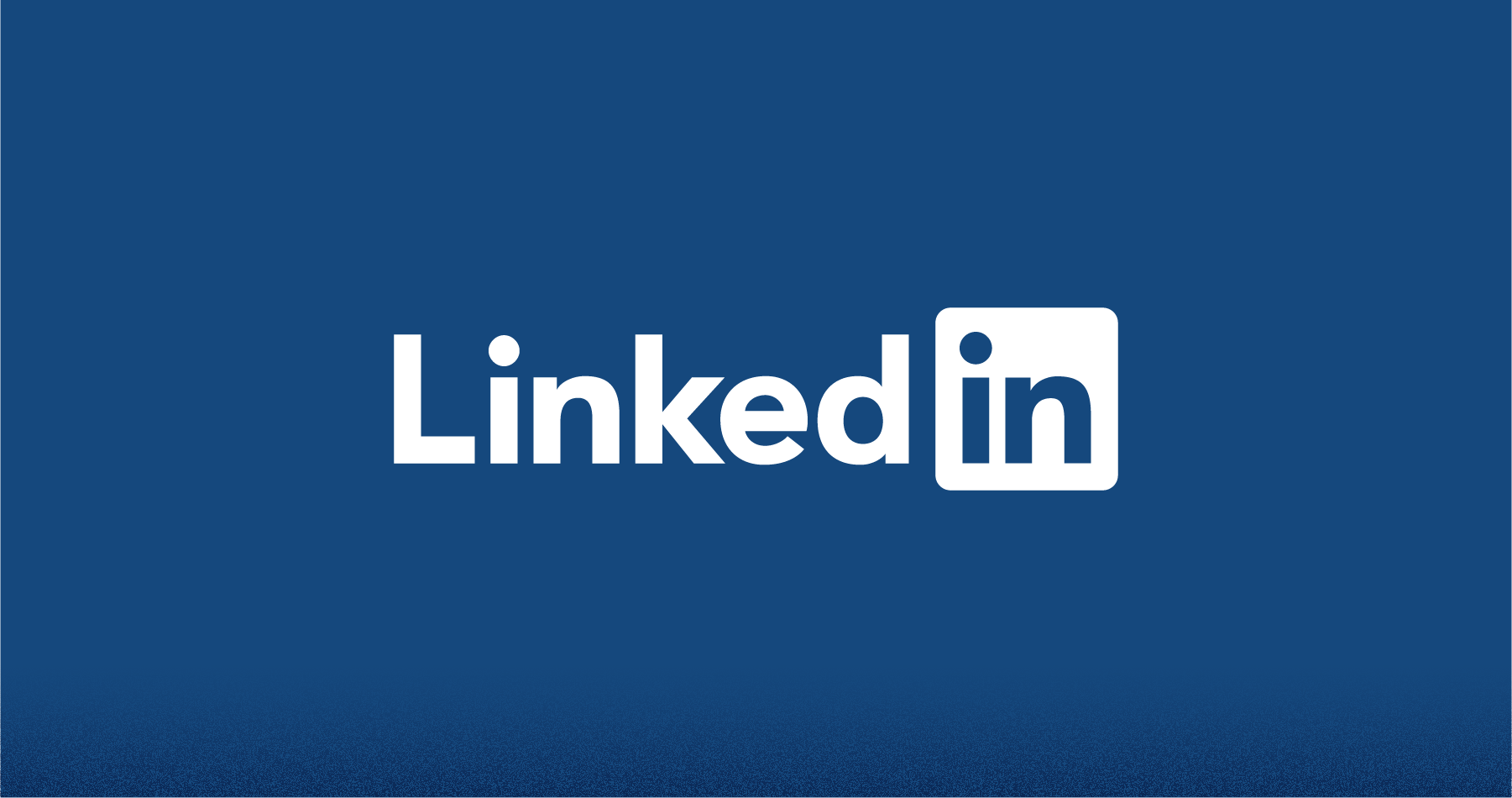
LinkedIn (/lktn/) is a business and employment-focused online service that operates in the United States through websites and mobile apps. The website, which first went live on May 5, 2003, is primarily used for professional networking and career growth, and it allows job seekers and employers to post CVs and job openings. As of 2015, most of its revenue comes from providing recruiters and sales professionals with information on its members. Since December 2016, it has been a wholly-owned subsidiary of Microsoft. As of September 2021, LinkedIn had 774 million registered members.
Members (both employees and employers) can create profiles on LinkedIn and “connect” with one another in an online social network that can mimic real-life business interactions. Members can ask anyone to become a “connection,” whether or not they are already a member. Among other things, LinkedIn may be used to schedule offline events, join groups, create articles, post job vacancies, and exchange photographs and videos.
5. YouTube
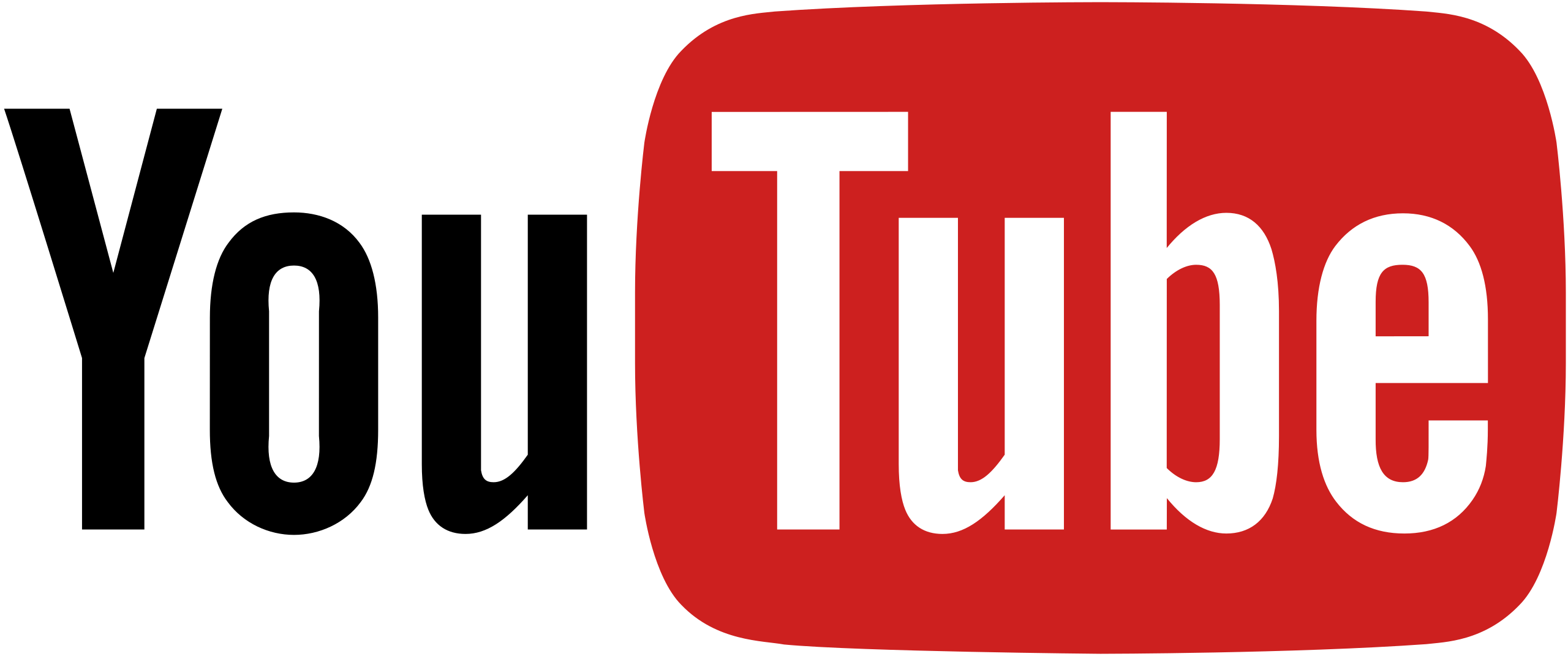
Google owns YouTube social media network based in the United States. It was started on February 14, 2005, by Steve Chen, Chad Hurley, and Jawed Karim. It is the second-most-visited website in the world, immediately behind Google. YouTube has over one billion monthly users who watch over one billion hours of video each day.
Google purchased YouTube for $1.65 billion in October 2006. YouTube’s economic model has also evolved due to Google’s ownership; it no longer derives income only through adverts. Paid material, such as movies and exclusive content, is now available on YouTube. YouTube and approved producers engage in Google’s AdSense programme, which benefits both parties by increasing revenue. According to reports, it has grown from a modest video streaming platform to an effective service with $19.8 billion in 2020.
Since its acquisition by Google, YouTube has grown to include mobile apps, network television, and the capacity to integrate with other services in addition to its website. YouTube has everything from music videos to video clips to news to short films, feature films, documentaries, audio recordings, movie trailers, teasers, live streams, vlogs, and more. Individuals create the majority of stuff. Collaborations between YouTubers and corporate sponsors fall under this category. Established media companies like Disney, ViacomCBS, and WarnerMedia have been making and expanding their corporate YouTube accounts to reach a wider audience since 2015.
YouTube has had a massive social impact, affecting pop culture, internet trends, and spawning multibillion-dollar personalities. YouTube has been heavily criticised despite its rapid growth and success. YouTube has been criticised for being used to promote disinformation, copyright issues, routine abuses of its users’ privacy, allowing censorship, and harming the safety and well-being of children.
6. TikTok

TikTok, also known as Douyin in China (Chinese: pinyin: Duyn), is a video-focused social networking service owned by ByteDance. It features a wide range of short-form user videos, ranging in length from 15 seconds to three minutes, in categories such as pranks, stunts, tricks, jokes, dancing, and entertainment. TikTok is the international version of Douyin, first introduced in September 2016 in China. Outside of mainland China, TikTok was launched in 2017 for iOS and Android in most markets; however, it was only available internationally after combining with another Chinese social media service, Musical.ly, on August 2, 2018.
Although TikTok and Douyin have nearly identical user interfaces, they do not have access to each other’s content. Their servers are all located in the local market where the app is offered. Although the two products are comparable, they do not have the same features. Douyin has an in-video search option that allows you to look for other videos of people using their faces and other capabilities like buying, reserving hotels, and leaving geo-tagged reviews. TikTok/Douyin has quickly gained popularity in East Asia, South Asia, Southeast Asia, the United States, Turkey, Russia, and other regions of the world since its introduction in 2016. TikTok had over 2 billion smartphone downloads worldwide as of October 2020.
After Zoom and Peacock, Morning Consult selected TikTok as the third fastest-growing brand in 2020. According to Cloudflare, TikTok eclipsed Google as the most popular website in 2021.
7. WhatsApp
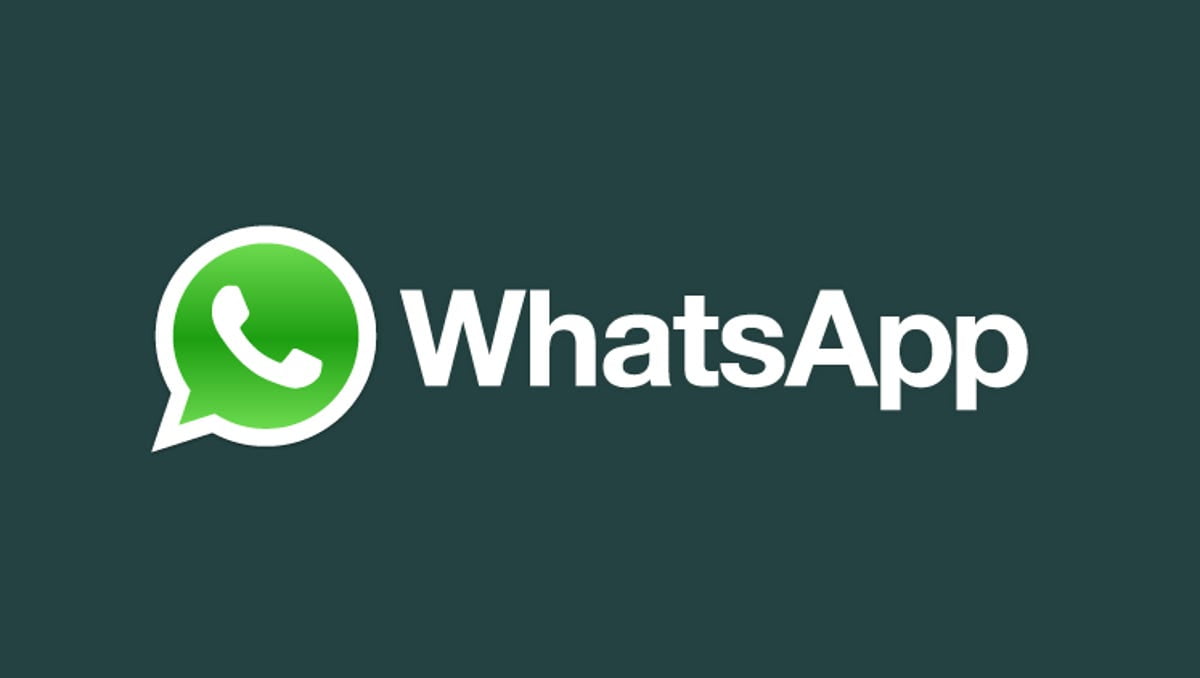
WhatsApp Messenger, or WhatsApp, is a freeware cross-platform instant messaging (IM) and voice-over-IP (VoIP) service owned by Meta Platforms. The software allows users to send text and voice messages, have audio and video conversations, and share photos, documents, user locations, and other stuff. WhatsApp’s client programme runs on mobile devices; however, it may also be seen on a desktop computer if the mobile device is online. A cellular phone number is required to register for the service. WhatsApp Business, a dedicated business app for small business owners, was released in January 2018 to allow businesses to engage with customers who use the main WhatsApp app.
WhatsApp Inc., based in Mountain View, California, developed the client application, which Facebook purchased in February 2014 for roughly US$19.3 billion. By 2015, it has surpassed 2 billion users worldwide, becoming the most popular messaging app on the planet. It had replaced email as the dominant mode of Internet communication throughout Latin America, the Indian subcontinent, and vast areas of Europe and Africa by 2016.
8. WeChat
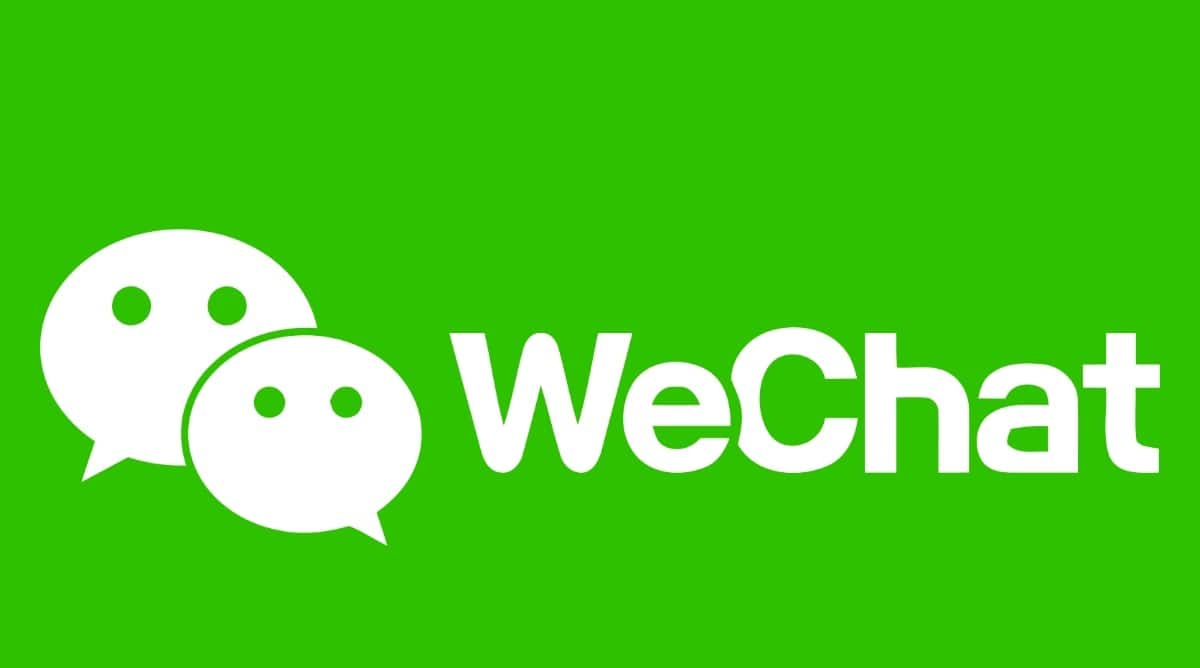
Tencent’s WeChat is a multi-purpose Chinese instant messaging, social media, and mobile payment software. It was first introduced in 2011, and in 2018, it surpassed 1 billion monthly active users to become the world’s largest standalone mobile app. Because of its extensive functionality, WeChat has been dubbed China’s “app for everything” and a “super app.” WeChat supports text messaging, voice messaging on hold, broadcast (one-to-many) messaging, video conferencing, video games, photo and video sharing, and location sharing.
As part of China’s extensive surveillance network, user activity on WeChat is evaluated, tracked, and shared with Chinese authorities upon request. In China, WeChat restricts politically sensitive topics. Data sent from accounts registered outside of China is monitored, analysed, and used in China to develop censoring algorithms.
WeChat, along with numerous other Chinese apps, was blocked in India in June 2020 due to a border dispute between India and China. A preliminary injunction ordered in the United States District Court for the Northern District of California in September 2020 stopped US President Donald Trump’s attempt to ban US “transactions” with WeChat through an executive order.
9. Tumblr

Tumblr (pronounced “tumbler”) is an American microblogging and social networking website started by David Karp in 2007. Automattic now owns it. The service allows users to upload multimedia and other information to a short-form blog. Other people’s blogs can be viewed and commented on by users. Bloggers can choose to keep their blogs private. The “dashboard” interface allows bloggers to access many of the website’s features.
Tumblr hosts over 529 million blogs as of July 2021.
10. Reddit
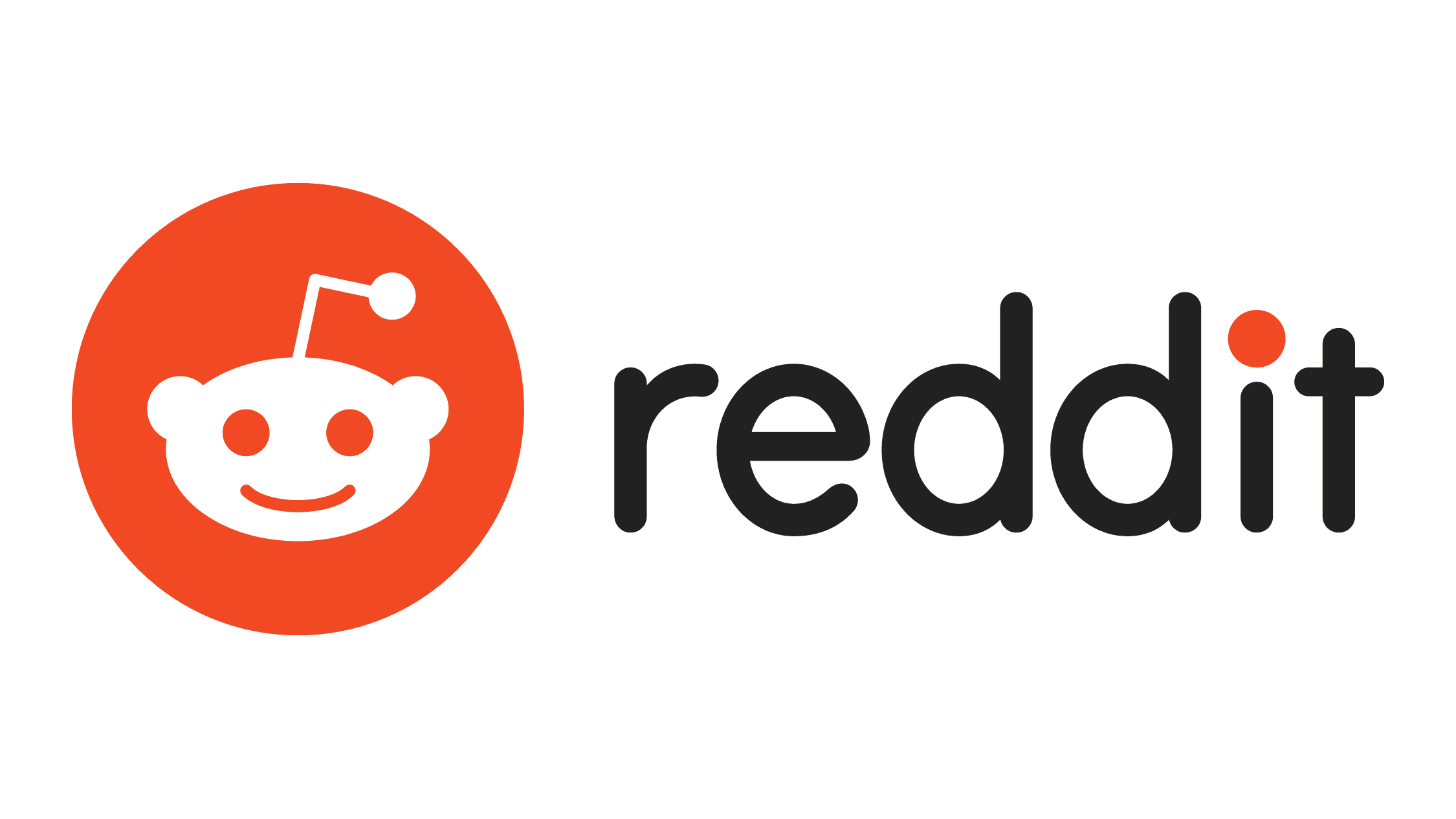
Reddit (/rdt/, styled as Reddit) is a social news aggregation, content rating, and discussion website based in the United States. Registered members add links, text articles, photographs, and videos to the site, subsequently voted up or down by other members. Themes covered by user-created boards known as “communities” or “subreddits” include news, politics, religion, science, movies, video games, music, books, sports, fitness, food, pets, and image-sharing.
Submissions with the most upvotes rise to the top of their subreddit and, if they receive enough, to the site’s home page. Even though there are strict laws forbidding harassment, it still happens, and Reddit moderators moderate the communities and occasionally close or restrict them. Community-specific moderators, who are not Reddit employees, are also in moderation.
According to Alexa Internet, Reddit is the 19th most-visited website globally and the 7th most-visited website in the United States as of September 2021. The United States accounts for 42o49.3 per cent of its user base, followed by the United Kingdom at 7.9–8.2 per cent and Canada at 5.2–7.8 per cent. Reddit is used by 22% of 18-29-year-olds in the United States and 14% of 30-49-year-olds in the United States regularly.
In 2005, University of Virginia roommates Steve Huffman and Alexis Ohanian and Aaron Swartz launched Reddit. Condé Nast Publications purchased the site in October 2006. Condé Nast’s parent business, Advance Publications, spun off Reddit as an autonomous subsidiary in 2011. Reddit raised $50 million in a capital round led by Sam Altman in October 2014, with investors including Marc Andreessen, Peter Thiel, Ron Conway, Snoop Dogg, and Jared Leto.
The company was valued at $500 million at the time of its investment. Reddit raised $200 million in July 2017 for a $1.8 billion value, with Advance Publications still holding the majority ownership. Tencent led a $300 million investment round in February 2019, bringing the company’s worth to $3 billion. A $700 million investment round spearheaded by Fidelity Investments in August 2021 increased the company’s valuation to above $10 billion.
Edited and proofread by Ashlyn




